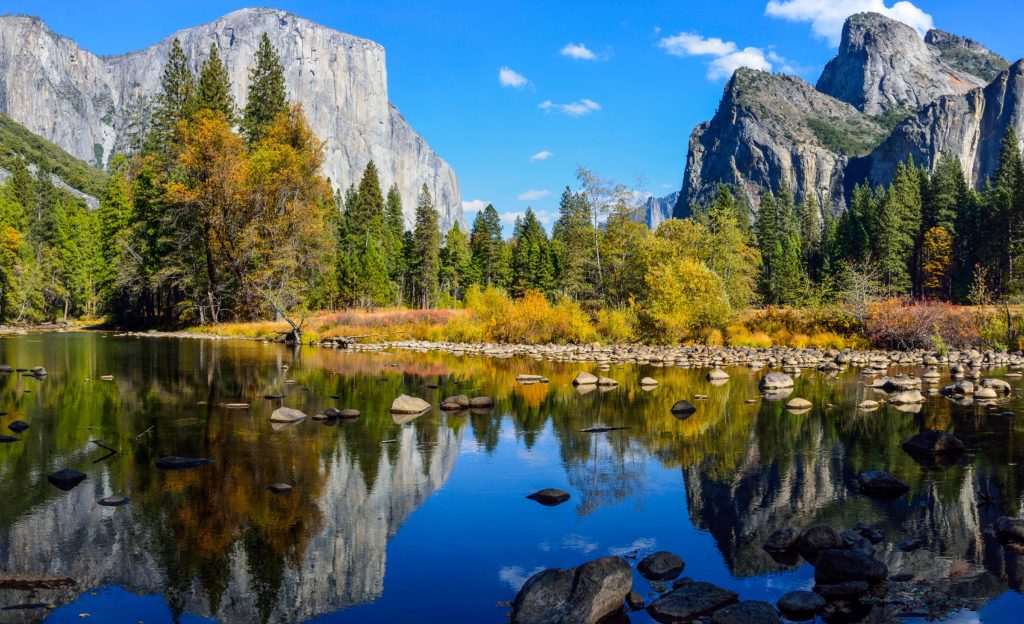Visiting national parks, state parks, and other recreational areas is a favorite pastime for many people around the world. Whether you’re exploring the rugged wilderness of Yellowstone, hiking the trails of the Grand Canyon, or enjoying a peaceful picnic in your local state park, you’ve likely encountered park fees. But have you ever wondered where these fees go and how they benefit the parks and their visitors? In this article, we’ll delve into the world of park fees and explore the various ways they contribute to the preservation, maintenance, and enhancement of these natural treasures.
Conservation and Preservation
One of the primary destinations for park fees is the conservation and preservation of natural ecosystems. Parks often allocate a significant portion of their revenue to safeguarding the flora and fauna that call these areas home. This includes funding initiatives to protect endangered species, combat invasive species, and maintain the delicate balance of ecosystems. Conservation efforts also involve managing wildfires, restoring damaged habitats, and reducing the environmental impact of park visitors.
Infrastructure Maintenance
Parks, whether large or small, require robust infrastructure to support visitors and protect the environment. Park fees are instrumental in maintaining roads, bridges, trails, and visitor centers. This essential upkeep ensures that visitors have safe access to the park and helps minimize the environmental impact of human activities. From repaving roads to replacing aging facilities, these fees contribute to the ongoing vitality of the park’s infrastructure.
Visitor Services and Education
Park rangers, interpretive programs, and educational materials are vital components of the visitor experience. Park fees help fund these services, which enhance visitors’ understanding of the natural and cultural resources within the park. Ranger-led programs, interactive exhibits, and educational initiatives not only enrich the visitor experience but also promote responsible and sustainable enjoyment of these areas.
Resource Management
Park fees play a crucial role in resource management, which includes monitoring air and water quality, studying wildlife populations, and conducting scientific research. These efforts are essential for making informed decisions about park management and protecting the long-term health of these ecosystems. Park fees also support initiatives to minimize the carbon footprint of park operations and reduce waste.
Accessibility and Inclusivity
Ensuring that parks remain accessible to all is a priority for many park authorities. Park fees can be used to fund initiatives that make parks more inclusive, such as creating accessible trails, providing accommodations for people with disabilities, and offering discounted or free admission to underserved communities. These efforts aim to make the natural wonders of parks available to everyone, regardless of their physical abilities or socioeconomic status.
Law Enforcement and Safety
Maintaining safety within parks is paramount. Park fees contribute to law enforcement services that protect both visitors and the park’s natural resources. Rangers and law enforcement officers work to prevent illegal activities, respond to emergencies, and ensure that park rules and regulations are followed. This contributes to a safer and more enjoyable experience for all visitors.
Conclusion
When you pay a parking fee, you’re not just gaining access to breathtaking landscapes and recreational opportunities; you’re also investing in the protection, preservation, and enhancement of these natural treasures. The destination of park fees includes conservation efforts, infrastructure maintenance, educational programs, resource management, accessibility initiatives, and safety measures. Your contribution as a park visitor plays a vital role in sustaining these magnificent places for future generations to enjoy. So the next time you visit a park, remember that your park fee is more than just an entrance fee; it’s an investment in the continued well-being of these irreplaceable natural wonders.

